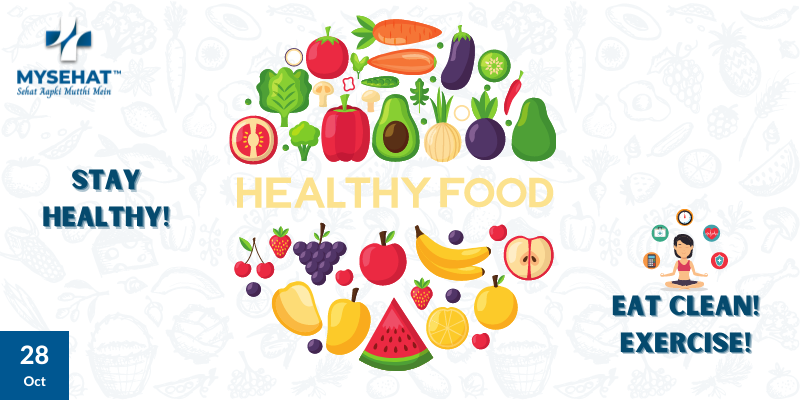Kids Healthy Eating Plate
The Healthy Eating for Kids Edition is a visual resource to educate children and encourage them to eat right and keep moving. In a nutshell, this graph provides examples of the best foods to inspire healthy choices and snacks, and highlights that physical activity is part of the health equation.
- Eating a variety of products makes our food interesting and savory. Additionally, each food contains nutrients in a unique combination of macronutrient. (carbohydrates, protein and fats) and micronutrients (vitamins and minerals), which are key to a healthy and balanced diet. Healthy Eating Baby food is a blueprint that helps us make better food choices.
- Fill half of our plate with colorful vegetables and fruits (choose for a snack) and split the other half with whole grains and healthy protein.
- The more vegetables and variety, the better. French fries and potatoes are not considered vegetables because they negatively affect blood sugar.
- Eat lots of fruits of all colors. Choose whole or sliced fruit (not fruit juice, limit the amount of fruit juice to a small glass per day).
- Choose whole grains or foods made from whole grains with minimal processing. The less processed grain the better. Whole grains (whole grain, brown rice, quinoa and whole grain pasta, 100% whole grain bread, etc.) have a weaker effect on blood sugar and insulin than white rice, bread, pizza crust, and pasta. Refined product. Gig.
- Choose legumes, peas, nuts, seeds, and other healthy plant-based protein foods, as well as fish, eggs, and poultry. Limit red meat (beef, pork, lamb) and avoid processed meats (bacon, deli meats, hot dogs, sausages).
It’s also important to remember that fat is an essential part of our diet and most importantly the type of fat we eat. We regularly choose foods high in healthy unsaturated fats (such as fish, nuts, seeds, and healthy vegetable oils), limit foods high in saturated fat (especially red meat), and limit unhealthy trans fats (partly in red meat). Hardened oil) should be avoided.
- Use healthy vegetable oils such as extra virgin olive oil, canola oil, corn oil, sunflower oil and peanut oil in cooking, salads, vegetables and on the table. Limit oil intake from time to time.
- Dairy products require less than other foods on the plate.
- Choose unflavored milk, plain yogurt, a little cheese and other unsweetened dairy products. Milk and other dairy products are convenient sources of calcium and vitamin D, but optimal dairy intake has not yet been determined and research is ongoing. For infants who are deficient or deficient in milk, talk to your doctor about possible calcium and vitamin D supplements.
- Water is the preferred beverage for all meals and snacks and when we are active:
Water is the best choice to quench your thirst. It is also sugar-free and is as easy to find as the nearest faucet. o Limit juices, which can contain as much sugar as sodas, to a small glass per day, and avoid sugary drinks that are high in calories and have little or no other nutrients, such as sodas, fruit drinks, and sports drinks. Over time, drinking sugary drinks can lead to weight gain and an increased risk of type 2 diabetes, heart disease, and other problems.
- Finally, just like choosing the right food, being physically active throughout the day is part of staying healthy.
- Change inactive “break time” to “good time”. Children and adolescents need at least one hour of physical activity per day and do not need fancy equipment or gyms. The Physical Activity Guide suggests choosing unstructured activities for children, such as hard-foil play or playground play. Equipment.
In general, the main message is to focus on the quality of the healthy diet. The type of carbohydrate in your diet is more important than the amount of carbohydrates in your diet because some sources of carbohydrates, such as vegetables (except potatoes), fruits, whole grains, and beans, are much healthier than sugar, potatoes, and beans. White flour products. Sweet drinks, sweets and other unhealthy foods are not included in your baby’s healthy plate. It is not an everyday food and should be eaten very rarely. Healthy Eating Tablets for Children recommend using healthy oils instead of other types of fats.






